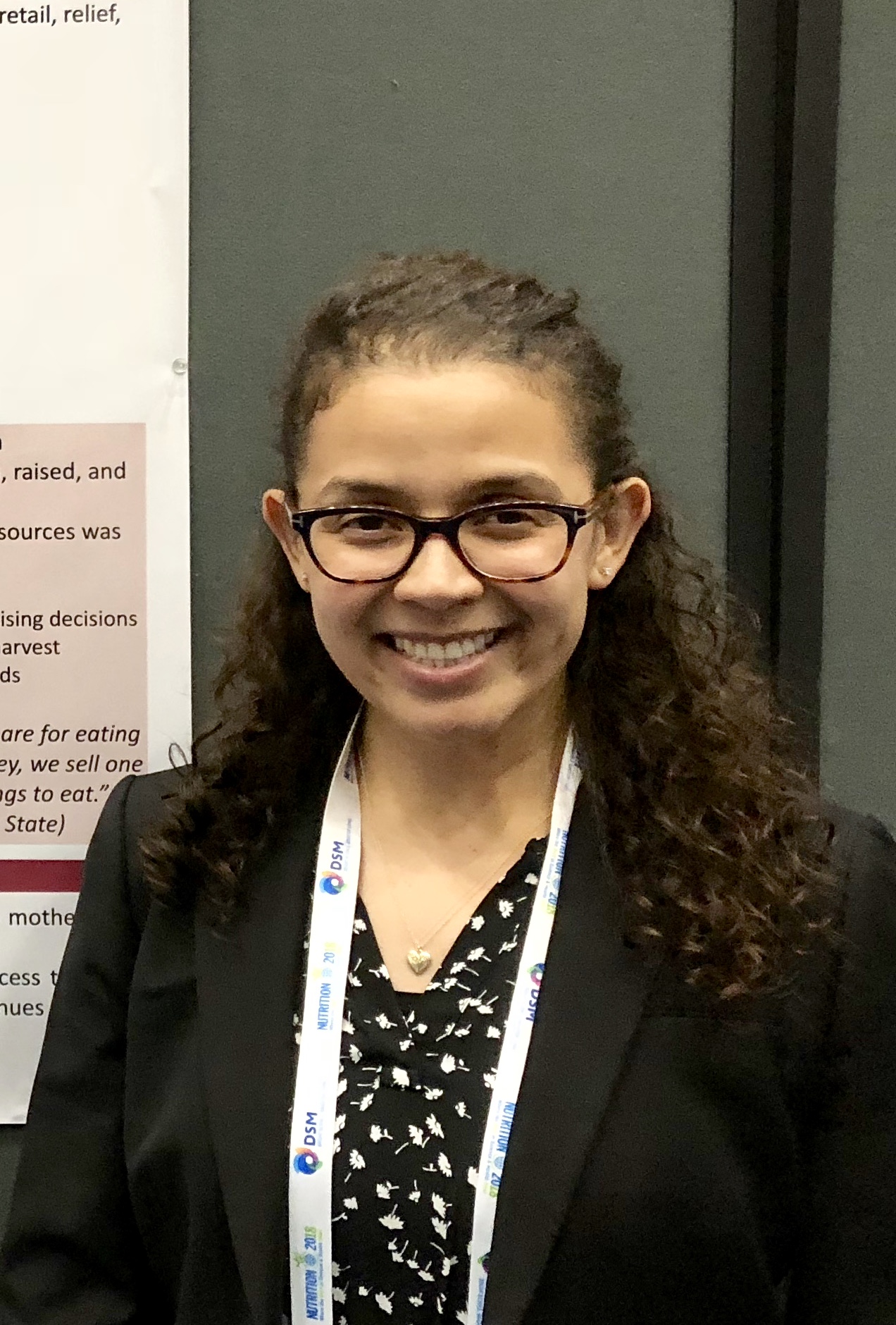UofSC Food Choice Research
Food Choice for Children Under Five in Mexico
Work from postdoctoral research associate Ligia Reyes, PhD (Twitter handle: @LReyesCA)

The overall goal of this project was to improve the understanding about what drives food choice for children under five years old in rural Mexico. The first five years are a sensitive period in the formation of children’s dietary habits and preferences, and it is also a period in which children’s diets transition from complementary feeding to diets that mirror that of the family. How and why this transition occurs remains largely understudied in settings like Mexico, and other low- and middle-income countries facing the double burden of malnutrition. Using qualitative methodology, this project examined maternal food acquisition through a characterization of the local food environment and the function of social networks in maternal food choice for children.
Findings from this project are in preparation for peer-review publications and have been presented at the annual American Society for Nutrition Conference and the Latin American Society for Nutrition Conference. This project was designed and conducted by Dr. Ligia Reyes for her dissertation. Funding for this research was obtained from the Office of the Vice President for Research at the University of South Carolina as a SPARC Graduate Research Grant.
In 2018, the research team (Dr. Edward Frongillo, Dr. Christine Blake, and Dr. Ligia Reyes) expanded this work to focus on food choice for children made by primary caregivers and alternative caregivers to examine a more collective unit of decision-making for children. Findings from this research are forthcoming.
Drivers of adolescent food choice in urban Ghana
Work from postdoctoral research associate Krystal Rampalli, PhD (Twitter handle: @healthisglocal)

- The overall goal of this project was to explore drivers of food choice among adolescents amidst changing food environments in Ghana’s capital, Accra. Many food/beverage companies use Western marketing techniques when targeting kids. Some food/beverage adverts feature models with unrealistic body types who promote consumption of unhealthy foods/beverages. A qualitative methodology consisting of in-depth interviews were used to understand the knowledge, attitudes, and food choice behaviors of this population as it pertains to body image perceptions and decisions about healthy and unhealthy foods and eating as well as food portion size consumption.
- Findings from this project are in preparation for peer-review publications and were presented at the American Society for Nutrition Conference (ASN 2021) and the Agriculture, Nutrition, and Health Academy Week (ANH 2021). This project was designed and conducted by Dr. Krystal Rampalli for her dissertation in collaboration with the MEALS4NCDs Project based in Accra, Ghana. Funding for this research was obtained from the Office of the Vice President for Research at the University of South Carolina through a SPARC Graduate Research Grant.
For more information about Krystal’s work in Ghana, visit the MEALS4NCDs Facebook and Twitter:
